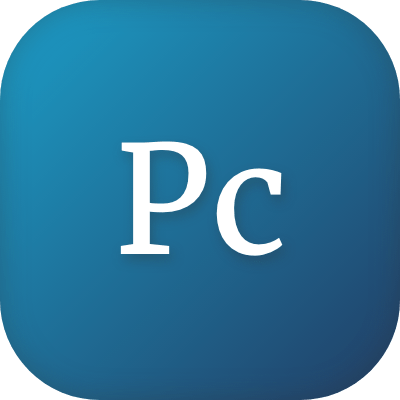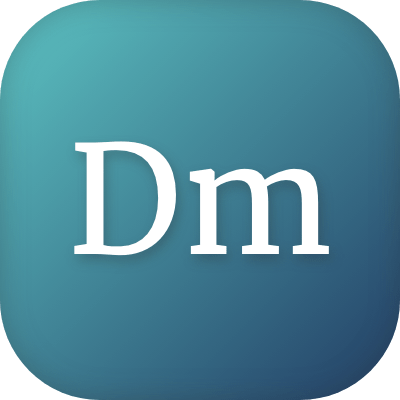
Side-by-Side
Solution
required
Experience
Development
& Messaging
Insights
Most appealing idea. Most compelling message. There are endless possibilities for wanting to know the superlative items. Side-by-side produces the same results as a ranking or reorder exercise, but in a much easier experience for respondents by only having them consider two items at a time.

- Stacked bar chart
See how often each item was ranked as first,
second, and so on. - Score average
Easily recognize your winner as rank order data is converted into a score.
Product claims
Ask respondents which message statement is the most motivating to purchase a product.Concept development
Ask respondents which concept idea is the most appealing for a product.Decision making
Ask respondents which factor is the most influential in making a decision.Customer experience
Ask respondents which element was the most enjoyable of their experience.In a traditional rank-order exercise, respondents are shown a list of items and asked to put them in order of some characteristic, such as preference or importance. But this method has an important limitation: respondents can only meaningfully engage in this task when there are a few items.
Side-by-Side provides the same output as a rank-order experience, but with a simpler experience for respondents—particularly when there are more items. Respondents focus on only one decision at a time: which is the better in this pair?
This can help provide cleaner, more reliable data when respondents aren't overwhelmed with their task.
- Test a reasonable number of items
The side-by-side task uses an adaptive algorithm so it is not necessary to show respondents all possible pairs; however, testing a large number of items could still result in a repetitive experience that could compromise your results from respondent fatigue.
If you have more than 6 items, the MaxDiff, where respondents review more than one item at a time, could be the better option.



